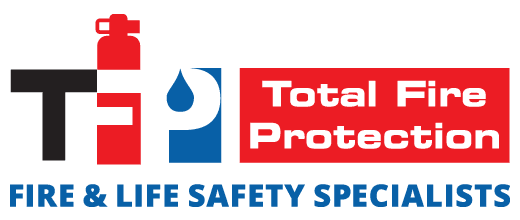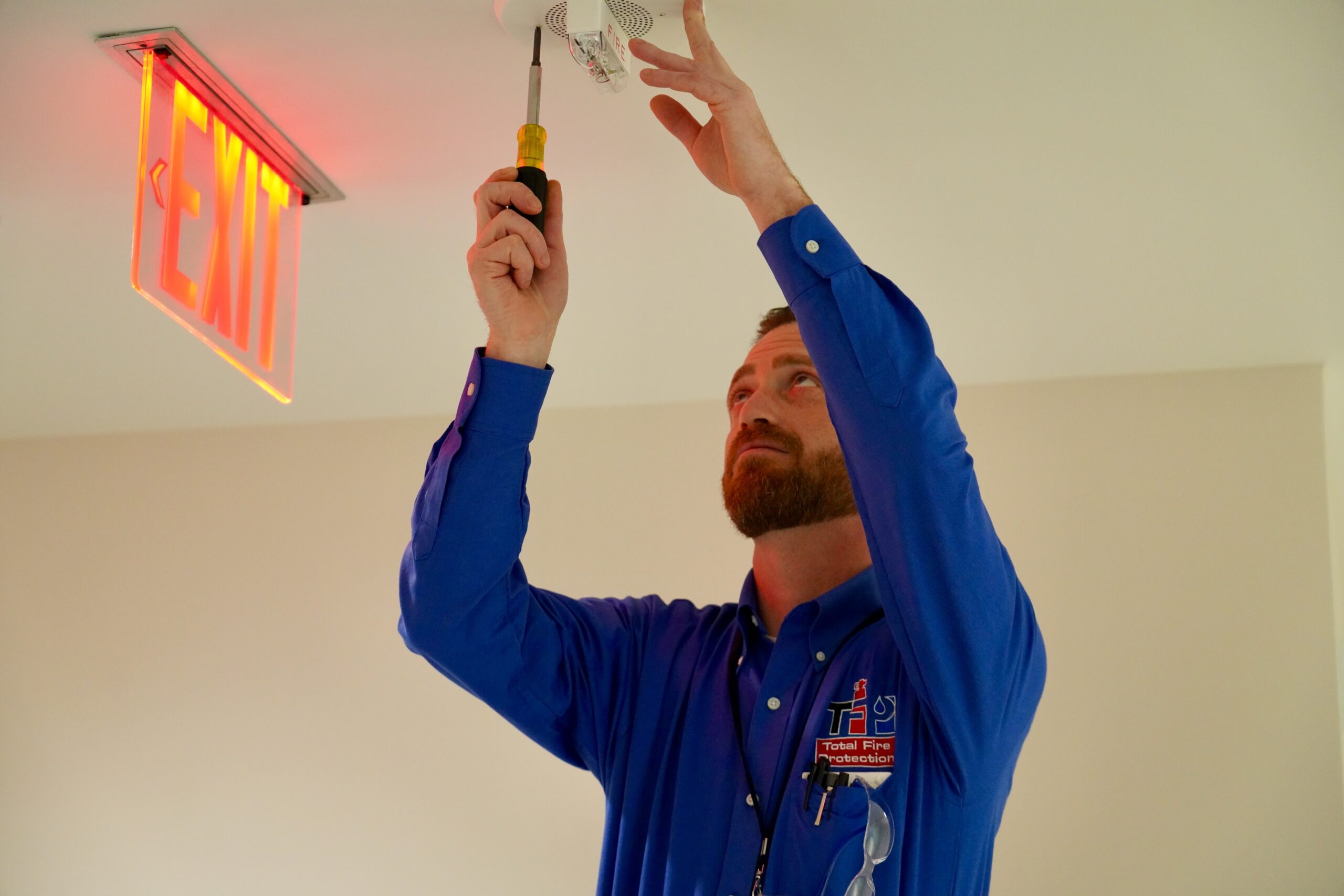As private schools prepare to welcome back students, academic planning and facility readiness often take center stage. But amid the flurry of curriculum updates, classroom improvements, and enrollment logistics, one critical element demands equal attention: the integrity of the campus fire alarm system. In institutions where historical architecture, retrofitted layouts, or legacy infrastructure are common, fire alarm vulnerabilities may go unnoticed until they compromise occupant safety during an emergency. These systems must do more than meet visual expectations; they must perform flawlessly under real-world conditions.
Ensuring that level of protection requires more than routine maintenance. It demands a system-wide evaluation by NICET-certified technicians: professionals trained to identify latent hazards, outdated components, and code deficiencies that could hinder timely evacuation. A properly inspected and upgraded fire alarm system is not merely a compliance measure; it is a foundational safeguard for student well-being, faculty accountability, and the operational credibility of the institution as a whole.
The Silent Risk in Retrofitted and Aging School Buildings
Private schools often operate in facilities that were not originally constructed to meet modern fire protection codes. Many campuses consist of older buildings that have been expanded or modified without fully integrating updated fire alarm technologies. Over time, even well-intentioned additions can lead to a fragmented safety network incapable of responding cohesively in an emergency.
Deferred upgrades and inconsistent maintenance only heighten this risk. Systems may appear intact but suffer from critical faults such as outdated control panels, compromised wiring, or sensors that no longer meet NFPA detection sensitivity thresholds. These deficiencies often go unnoticed until an AHJ inspection fails or, worse, an actual emergency reveals operational weaknesses. In educational environments where student safety is paramount and response time is compressed, these risks are unacceptable.
What a NICET-Certified Fire Alarm Inspection Covers
Evaluating a school’s fire alarm system is not a matter of simply testing a few pull stations or checking battery life. It demands technical precision, regulatory fluency, and a methodical inspection strategy, all of which are hallmarks of NICET-certified professionals. These technicians hold rigorous credentials in fire protection engineering and are uniquely qualified to assess both system integrity and code compliance.
A comprehensive fire alarm inspection typically includes:
- Panel and circuit board diagnostics to detect faults, outdated firmware, or communication issues between zones
- Initiation device testing, including smoke detectors, heat sensors, manual pull stations, and duct detectors
- Notification appliance verification to ensure horns, strobes, and voice evacuation systems meet audibility and intelligibility requirements
- Battery and power source assessments to confirm sufficient backup in the event of primary power failure
- Code alignment review, ensuring compliance with NFPA 72, local AHJ requirements, and occupancy-specific mandates under IBC standards
These inspections are not merely precautionary. They are foundational assessments that determine whether your system will perform under real-world emergency conditions. They also provide school administrators with actionable insight into repair timelines and modernization needs, helping to prioritize safety investments before issues escalate.
Knowing When It’s Time to Upgrade Your Fire Alarm System
Even a well-maintained system can become functionally obsolete. Manufacturers discontinue parts. Technology evolves. Fire code updates shift performance expectations. If your school’s fire alarm system is more than 15 years old, or if your facility has undergone recent expansion, it may be time to consider an upgrade.
Total Fire Protection specializes in turnkey upgrade solutions tailored to educational campuses. These include:
- Code-compliant design packages, complete with voltage drop calculations and equipment specifications
- Project management and AHJ filing services to ensure regulatory approvals are secured smoothly
- Installation of advanced detection and notification equipment from top manufacturers like Siemens, Notifier, Firelite, and Edwards
- Integration with suppression systems, emergency lighting, and voice evacuation protocols
- Post-installation acceptance testing and system commissioning to validate operational performance
Upgrading is not simply a matter of swapping parts. It is an opportunity to modernize your campus infrastructure and build resilience into your life safety systems. A thoughtfully executed upgrade can also reduce false alarms, streamline future maintenance, and ensure compatibility with upcoming technology mandates.
Understanding Educational Facility Compliance Requirements
Educational occupancies are governed by a more complex and stringent fire code framework than many commercial buildings. This is due in part to the challenges of evacuating large groups of children, the presence of special-needs students, and the wide variety of room functions, including science labs, auditoriums, gymnasiums, and cafeterias.
Key compliance considerations for school fire alarm systems include:
- Integration with sprinkler systems and kitchen suppression systems
- Distinct evacuation signals for different wings or buildings
- Visual notification devices for students with hearing impairments
- Voice evacuation systems that broadcast intelligible instructions over ambient noise
- Clearly marked and illuminated egress signage in accordance with NFPA 101 and IBC
Neglecting any of these areas puts schools at risk of noncompliance, failed AHJ inspections, and reduced emergency response effectiveness. Total Fire Protection brings deep experience working with school-specific code enforcement and helps administrators address these nuances proactively.
Maintenance Is Not Optional, It’s an Operational Imperative
A fire alarm system is only as reliable as its maintenance history. Over time, device sensitivity can drift, batteries degrade, and panels accumulate faults. Regular testing and documentation are not administrative formalities. They are legal requirements governed by NFPA 72 and strictly enforced in jurisdictions like New York City.
NFPA 72 mandates:
- Annual system-wide testing by certified professionals to verify each device’s functionality
- Semi-annual and quarterly testing for certain components such as water flow switches or interface relays
- Battery load testing and voltage measurement to ensure secondary power sources can sustain system operation during outages
- Device sensitivity testing for smoke detectors to ensure they fall within acceptable detection thresholds
- Service documentation and retention for AHJ review and institutional audits
Total Fire Protection’s recurring inspection programs include all required tests and provide detailed reports after every visit. These reports support audit readiness, violation correction, and long-term planning for future upgrades.
Accreditation and Reputation Depend on Fire Safety Readiness
Beyond compliance and emergency response, there is another compelling reason to ensure your school’s fire alarm system is current: institutional trust. Accrediting bodies frequently evaluate school safety infrastructure during reviews, and deficiencies in fire protection systems can delay approvals or jeopardize standing.
Parents and faculty also view visible life safety investments such as modern fire panels, illuminated egress signage, and routine fire drills as evidence of sound leadership. In contrast, failures in fire alarm functionality, particularly if publicized, can seriously damage a school’s reputation and erode community confidence.
Partnering with Total Fire Protection ensures that your fire alarm system stands up to technical scrutiny, regulatory requirements, and the expectations of those who entrust you with their children’s safety.
Prepare Your Campus Before the First Day
The weeks leading up to the new school year represent a critical window for inspection, testing, and correction. Once students return, fire alarm deficiencies become not just code violations, but active liabilities. Every day of delay increases risk exposure and narrows the margin for proactive improvement.
Total Fire Protection’s NICET-certified team is ready to inspect, upgrade, and maintain your school’s fire alarm system with precision and urgency. We serve private schools of all sizes across New York City and the Tri-State Area, delivering expert support that helps you meet today’s standards and tomorrow’s challenges.

